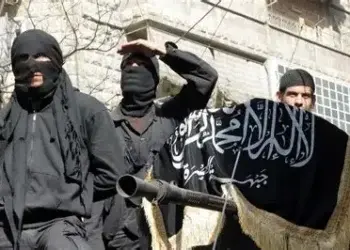By Henry Gabriel
Avi Melamed, a seasoned regional analyst and former Israeli intelligence official, has provided insight into the recent change in Hamas’ posture during negotiations aimed at resolving the Middle East crisis.
Melamed, who previously served as a negotiator during the first and second intifadas, shared his expertise in an email to Elanza News.
According to Melamed, Hamas’ latest offer bears a striking resemblance to the US-Israeli proposal presented over a month ago.
This development suggests a significant shift in Hamas’ stance, likely influenced by various factors in Gaza, the region, and beyond.
Melamed outlined the three-stage proposal, which includes an initial phase of ceasefire and hostage-prisoner exchange, followed by a second phase of de-escalation and wider prisoner swap, and a third phase focused on Gaza’s reconstruction.
The analyst attributed Hamas’ newfound willingness to negotiate to a combination of factors, including Israel’s continued military presence in Gaza, growing public frustration among Gazans, pressure from Axis of Resistance partners like Iran and Hezbollah, and diplomatic efforts by Qatar, Egypt, and the US.
Melamed also hinted at the potential impact of the US presidential election on Hamas’ calculations, noting that the group may be eager to avoid the prospect of dealing with a Trump presidency.
Despite the progress made, Melamed emphasized that significant negotiations remain to be conducted before a first-phase agreement can be reached, and even more challenging talks lie ahead before the second phase can be implemented.
This development offers a glimmer of hope in the longstanding conflict, but the path ahead remains complex and uncertain.
“Ultimately despite the positive news and momentum towards a deal, there is still a significant amount of negotiation left surrounding the details of signing a first phase agreement,” Melamed said.
“Hamas’s latest offer seems nearly identical to the US-Israeli proposal from over a month ago: three stages the first of which would see a pause in fighting and hostage-prisoner swap while negotiating towards the second phase, a second phase which would see more de-escalation and a wider hostage-prisoner swap, and then a third phase which could see the start of Gaza’s reconstruction,” he added.
He said further, “A multitude of factors have seemingly brought significant enough pressure on Hamas to bring it back to this proposal including Israel’s continued exertion of military force in Gaza, growing public frustration in Gaza over Hamas’s refusal to end the war, pressure on Hamas from Axis of Resistance partners including Iran, Hezbollah and the Houthis, pressure levied on its leaders from Qatar and Egypt, the pressure exerted from the U.S. on the diplomatic field, and possibly even Biden’s performance at last week’s debate which present a very real risk to Hamas that unless the war ends prior, the current war could extend into a Trump presidency.
“Ultimately despite the positive news and momentum towards a deal, there is still a significant amount of negotiation left surrounding the details of signing a first phase agreement, and even once that agreement is inked and signed, there will no doubt be another round of arduous negotiations before the second phase is in place.”











